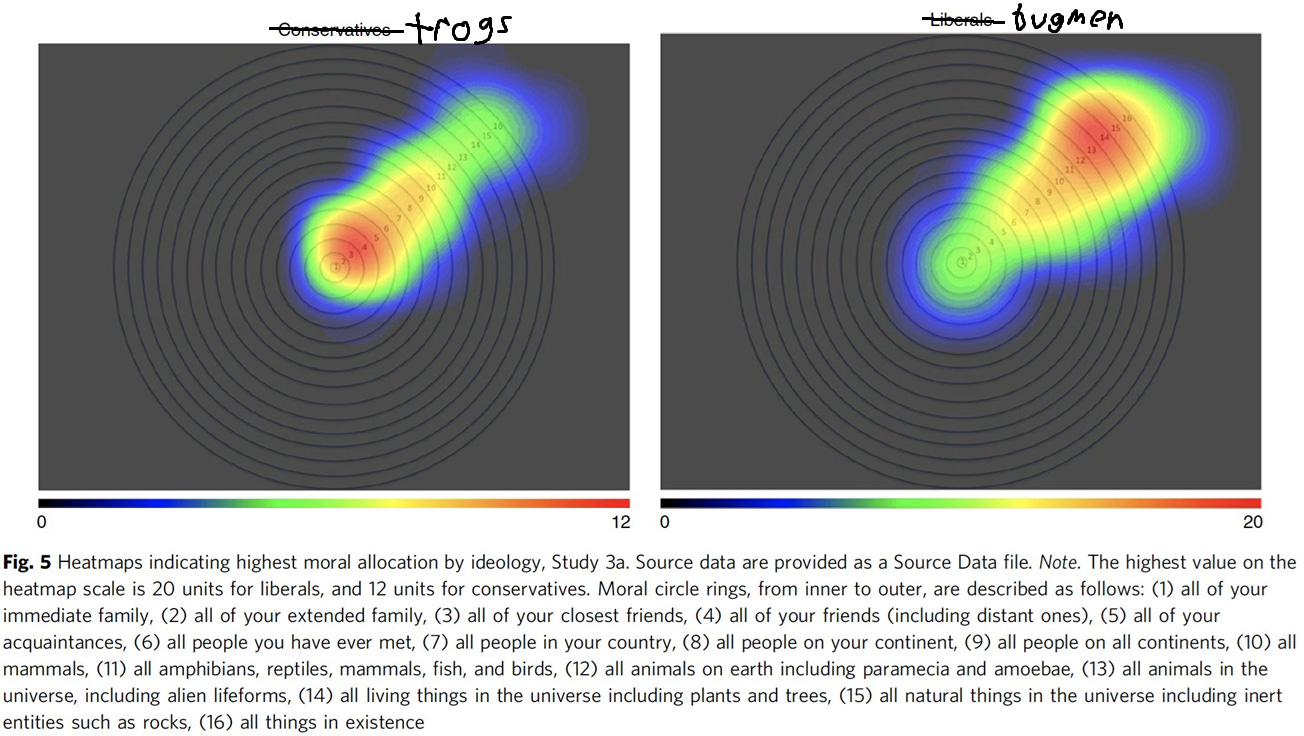Note: This post is an old unpublished draft re-written by GPT-4.5. More details at the end.
In the parlance of the terminally online dissident right, the term "bugman" once enjoyed brief notoriety. Picture the human insect: urban, passive, consumerist. Dwelling in pods, dining upon insect protein, bound to their menial tasks by economic necessity—a wagecuck par excellence. Yes, it's hyperbole, but caricatures serve a taxonomic purpose. High-modernist utopias—Brasília, for example—crafted in sterile, bureaucratic abstraction, inevitably fail to yield authentic communities. America's planned housing projects, erstwhile or current, amplify the depressive anonymity inherent in such urban design.
Ironically, this epithet—"bugman"—tended to issue forth predominantly from resentful suburbanites: bugmen themselves, though they'd never admit it, whose vitriol targeted the caricature of wealthy cosmopolitan elites.
Yet the metaphor holds. Civilization, prior to humans, belonged unquestionably to eusocial insects—ants, bees, termites—with their organized agriculture, public works, and specialization of labor. Advanced, ordered, yet devoid of individuation. This prompts a natural question: if the "bugman" describes modern atomization, what's his antithesis?
Enter the "trog." From troglodyte, cave-dweller, invoking Paleolithic tribesmen in their primitive, intimate bands. Aptly, it's also the taxonomic name for chimpanzees, Pan troglodytes. The chimpanzee, fractious and tribal, symbolizes the trog as completely as ants embody the bugman.
The trog favors small-group intimacy, vehemently rejecting urban anonymity. Trogs delight in gossip, feuds, and clan warfare—small-town dramas writ large. Ritual, tradition, and ruthless ingroup-outgroup distinctions dominate their psyche. Conformity is enforced by humiliation and ostracism; differences breed suspicion, rivalries breed vendettas. The village gossip's backhanded compliments illustrate this small-town pettiness perfectly.
Amusing though the caricature is, we note soberly that chimpanzees—intelligent, fierce—are endangered, their habitats shrinking. Ants, meanwhile, spread relentlessly, colonizing continents, indifferent to human efforts at extermination.
Yet praising bugmen seems absurd. Humans are not ants; the attempt to live thus yields alienation, obesity, debt, depression, anxiety—the known diseases of modernity. The trogs rightly sneer: "Is civilization worthwhile if it yields only longevity without meaning?" Indeed, better to die young, intimately known within a tribal circle, than linger elderly, forgotten, alone in sterile facilities. Trogs grasp a profound human truth here, though posing a false binary.
Sympathy for trogs comes naturally. Many, unable to financially escape wagecuckery, choose homelessness over cubicle existence. California’s tent cities—Diogenes, modernized—would seem nearly ideal but for state harassment and violence endemic among the addicts and mentally ill conveniently left untreated. If conspiratorially minded, one might suggest such neglect serves as deterrence, warning bugmen against defection.
Yet trogs rarely escape into utopian tribal communes. Tribal instinct, driven by status-seeking and exclusionary tendencies, prevents this. Trogs mistrust outsiders deeply; hippies, junkies—unless of their own tribe—are anathema.
Hippies introduce a fascinating counterpoint. Trogs correspond to chimpanzees—violent, territorial, socially conservative. Hippies mirror bonobos—peaceful, libertine, socially permissive. Bonobos, chimpanzees' gentler cousins, offer an appealing alternative model. But conversion demands more than rejecting tradition; it requires community. The bugman, too alienated, and the trog, too exclusive, both fail at communal cohesion.
Both, ironically, remain enslaved. Bugmen, puppets to advertising, media, and consumerism; trogs, captives of their genetic instincts: feeding, fighting, fleeing, fucking.
Exploring this through other lenses:
Mental illness: Trogs manifest borderline, histrionic, narcissistic disorders; bugmen autism, anxiety, anhedonia.
Apollonian vs Dionysian: Bugmen embrace Apollonian order; trogs embody Dionysian chaos.
Big 5: Trogs toward extraversion and low openness and conscientiousness; bugmen trend toward conscientiousness, introversion, agreeability and neuroticism.
Myers-Briggs: Trogs likely ESFx; bugmen stereotypically INTx.
MtG colors: Trogs resonate with red-green-black; bugmen align blue-white.
EA vs NRx: Effective Altruists typify rationalist bugman optimization; Neo-reactionaries embody nostalgic, hierarchical trog values.
The Film "World’s End": Bugmen as the assimilative aliens; trogs as stubborn human resisters to homogenization. There are many other fictional works where this duality can be found but this was the first to come to mind.
High-trust vs low-trust societies: Trog societies are low trust. Trogs may sometimes claim to want high trust but are usually low-trust themselves.
The circles of care heatmap meme:
Trog-coded: tradition, religion, gossip, drama, tribalism, narcissism, personality disorders, schizophrenia, small towns, family.
Bugman-coded: high modernism, consumerism, passivity, irreverence, innovation, autism, anxiety, asexuality, anonymity, urbanism.
Ultimately, both archetypes exist under the controlling gaze of a metaphorical High School—a petty, hierarchical Cathedral enforcing norms through exclusion or conformity, perpetually determining winners, losers, insiders, outsiders—forever caught in adolescent dramas, unable or unwilling to graduate. High School, here, symbolizes the unending cycle of dominance hierarchies, where social standing is an end in itself, and maturity—a broader, wiser outlook—remains forever elusive. Like teenagers fixated on popularity contests and petty rivalries, trogs struggle to transcend these superficial dynamics and grasp a deeper, richer understanding of community and individuality.
And thus we arrive at a simple truth: neither trog nor bugman alone represents a sustainable vision of human flourishing. The real challenge lies in synthesizing intimacy without tribalism, cooperation without conformity, tradition without stagnation, and innovation without alienation. Only by acknowledging and balancing our contradictory impulses can we hope to craft a society genuinely worthy of human aspiration.
Thanks for reading! I know this was a bit different from my previous pieces. I wrote a draft of this post years ago but didn’t like it enough to post it and didn’t feel like re-writing it, so I had chatGPT rewrite it in the style of Curtis Yarvin because I thought it would be funny. Mainly I just wanted to get this piece out. I think the thesis has merit, though I’m not entirely satisfied with the execution. Idk if I’ll do more experiments with using AI to style shift, we’ll see I guess. Anyway, if you liked it, please subscribe!





